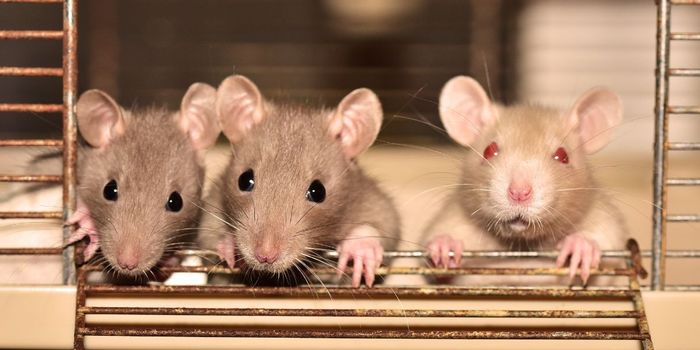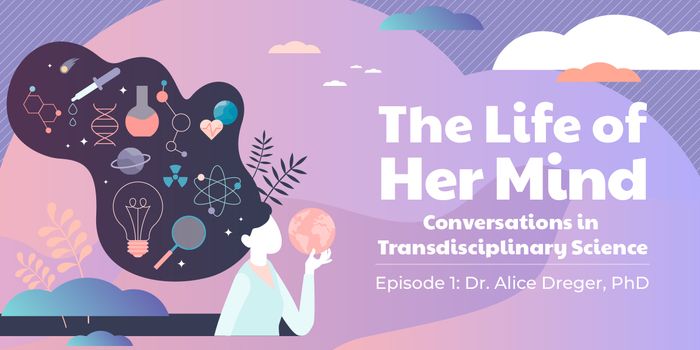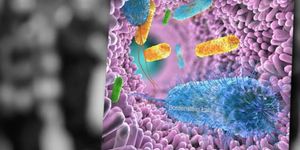Retina Organoids Help Researchers Learn More About Color Vision
At Johns Hopkins University, researchers are growing retinas in the laboratory to learn more about color vision, and why it’s dysfunctional in some people. While this type of work might have been conducted in recent years with retina cells growing in 2D culture, scientists have found ways to develop simplified, miniature models of the human retina in 3D, which allows them to get a more accurate look at their physiology.
This challenging work has enabled this research team to discover that we carry three different kinds of color-sensing cells for red, green, and blue light.
“As a scientist, I think that you have to have a passion for what you’re doing and a connection to your organism,” graduate student Kiara Eldred told Inverse. “I cared for the organoids every day in the beginning and then every other day as they got older. In the lab, my co-authors and I all kind of refer to them as our babies because we have to care for them all the time.”
Source: Inverse








